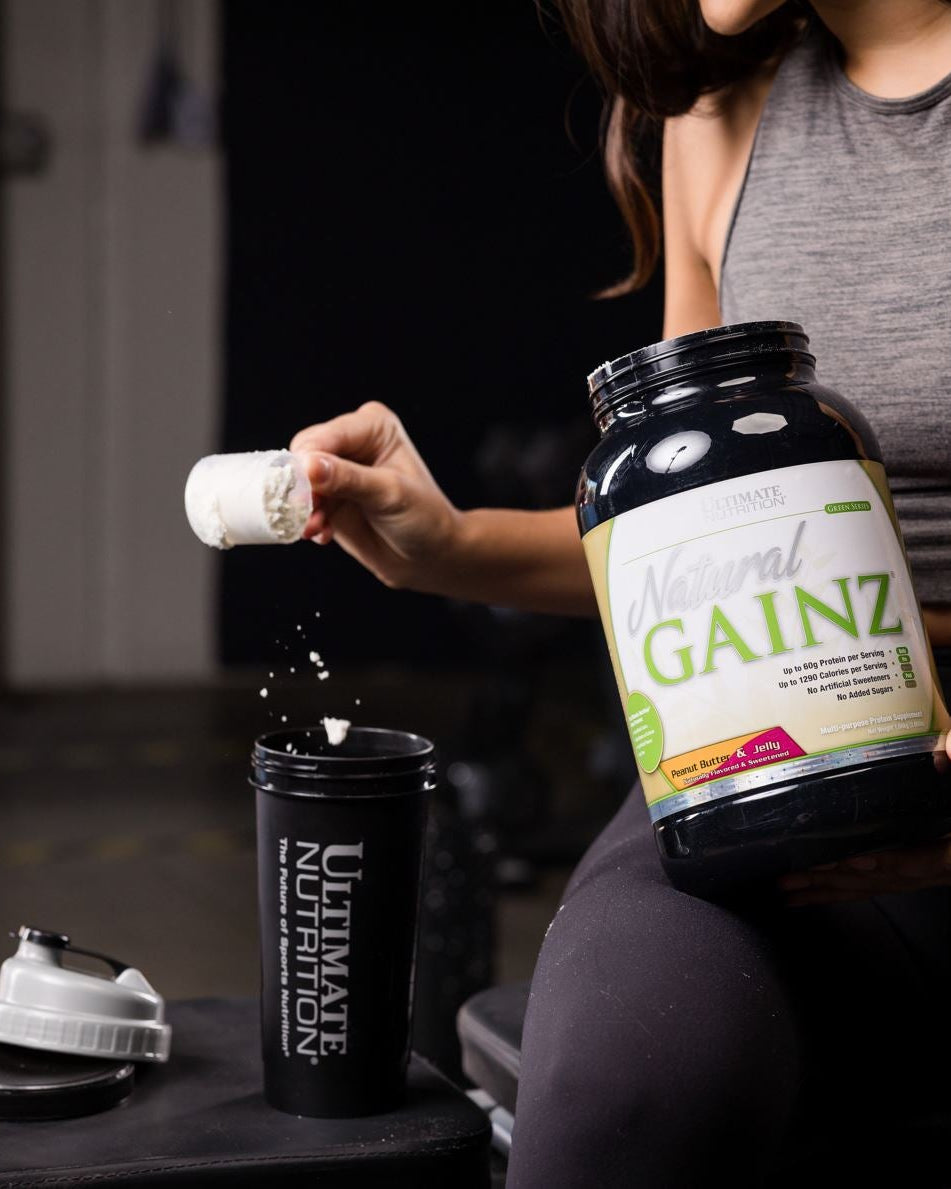If you want to find the sweet spot in your workout routine, there’s no better method than circuit training.
Circuit training is a highly effective workout method combining resistance training and aerobic exercise. This approach is structured around a series of exercises, or "stations," performed in succession with minimal rest in between.
The objective is to keep your heart rate elevated throughout the session while you engage in various muscle-strengthening and cardio activities.
It's designed to be quick, efficient, and varied, preventing the common workout rut, keeping you motivated and moving.

The Basics of a Circuit Workout
In a circuit workout, you move from one exercise to the next with little rest in between, targeting different muscle groups.
This approach saves time and maintains a higher heart rate, offering strength and cardiovascular benefits during the workout.
Benefits of Circuit Training Workouts
Circuit training workouts are incredibly beneficial for those looking to improve their fitness levels comprehensively. They help build muscle, enhance cardiovascular health, and increase stamina.
Plus, this type of training can contribute to more effective weight management by boosting metabolism and increasing calorie burn during and after the workout.
Cardiovascular and Muscular Endurance
Circuit training improves your heart health by keeping it pumping at a high rate throughout the workout.
This constant movement also builds endurance in your muscles, making it easier to perform both in and out of the gym.
Weight Loss and Metabolism
This workout approach is excellent for anyone aiming to lose weight.
The high-intensity nature of circuit training means you burn a lot of calories in a short period, and your body continues to burn calories at a higher rate even after the workout.
When combined with a balanced diet and a protein supplement, it can be even more effective for weight loss and muscle recovery.

Essential Circuit Exercises to Know
Circuit exercises are the building blocks of your workout. They include a mix of strength, cardio, and mobility movements that can work for various fitness levels.
It's important to choose exercises that can be performed with good form and provide a challenge without overexertion.
Upper Body Exercises
For the upper body, consider incorporating push-ups, dumbbell rows, or medicine ball throws into your circuit.
These exercises work the chest, back, shoulders, and arms and can be modified to increase or decrease intensity as needed.
Lower Body Exercises
Your lower body will benefit from squats, lunges, and deadlifts. These fundamental movements target the legs and glutes and are essential for building strength and power.
They can also be performed with body weight or added resistance, depending on your fitness level.
Core and Stability Exercises
A strong core is vital for overall fitness and can be developed through exercises like planks, Russian twists, and leg raises.
These movements help improve stability and prevent injury, making them a crucial part of any circuit training workout.
Crafting Your Circuit Training Workout
Designing your own circuit training workout can seem daunting, but it's all about balancing the exercises to target different muscle groups.
A typical circuit might include 5-10 exercises performed for either a set number of reps or a specific time period, with short rests in between.
Example of a Beginner Circuit
For beginners, a simple circuit could involve bodyweight exercises like jumping jacks, push-ups, bodyweight squats, bench dips, and a short run or brisk walk.
Start with less intense versions of exercises and shorter durations to build up endurance and strength safely.
Advanced Circuit Training Strategies
More experienced individuals might include heavier weights, plyometric exercises, or increased time intervals to keep the workout challenging.
It's also beneficial to vary the exercises regularly to continue to challenge the body and prevent adaptation.
Circuit Training Exercises for Specific Goals
Whether you're looking to enhance strength, improve endurance, or focus on weight loss, you can tailor your circuit training exercises to meet these goals.
For example, using heavier weights and lower reps can focus on strength, while more aerobic exercises with lighter weights can improve endurance.
Circuit for Building Muscle
A muscle-building circuit would include resistance exercises with weights that are challenging for 6-12 reps.
It's important to include protein in your diet to repair and build muscle—consider incorporating a protein supplement to support your muscle growth.
Endurance-Focused Circuit
For endurance, circuits should include a mix of high-rep, low-weight resistance exercises, and aerobic activities.
This can help improve your cardiovascular system's efficiency and muscular endurance.
Common Mistakes to Avoid in Circuit Training
Even the most well-intentioned workout can lead to setbacks if not done correctly.
Common mistakes in circuit training include skimping on warm-up and cool-down sessions, rushing through exercises without proper form, and not allowing enough recovery time between workouts.
Paying attention to these areas can help you get the most out of your circuit training while minimizing the risk of injury.
Nutrition and Circuit Training
Proper nutrition is the unsung hero of any workout regimen. To support the increased demand on your body from circuit training, focus on a balanced diet rich in whole foods.
Adequate protein intake is crucial for recovery and muscle building—this is where Ultimate Nutrition's protein powders can be a subtle yet effective addition to your diet, helping to repair and build muscle tissue without any fuss.
Pursue Circuit Training with Ultimate Nutrition
Now that you're equipped with the knowledge of circuit training, the various exercises involved, and how to integrate them into your fitness journey, you're ready to start.
Remember to listen to your body, prioritize good form, and support your workouts with proper nutrition. For all things fitness advice, follow our training blog. We’ll walk you through the basics and even provide training videos to make sure you’re working out efficiently.
Embrace the challenge and enjoy the variety and energy that circuit training brings to your routine!





















